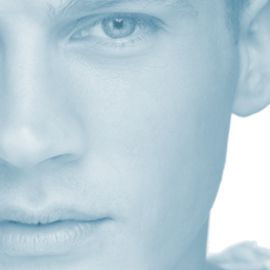Description
Bell’s palsy occurs when the facial nerve is damaged by pressure or swelling and does not work properly, resulting in paralysis (weakness) and distortions of the face. We don’t know why the facial nerve becomes weak, or why some people are more affected than others.
Symptoms
- Facial drooping or paralysis
- Drooling or difficulty swallowing
- Incomplete eyelid closure
- Facial numbness
- Pain around the ears
- Loss of the sense of taste
- Sense of facial heaviness
- Altered Speech
Treatments
Several treatment options are available for Bell’s palsy, and some patients will recover without seeking treatment. Some people benefit from taking prescribed oral steroids, and it may help to get this treatment as soon as possible after the onset of facial weakness.
